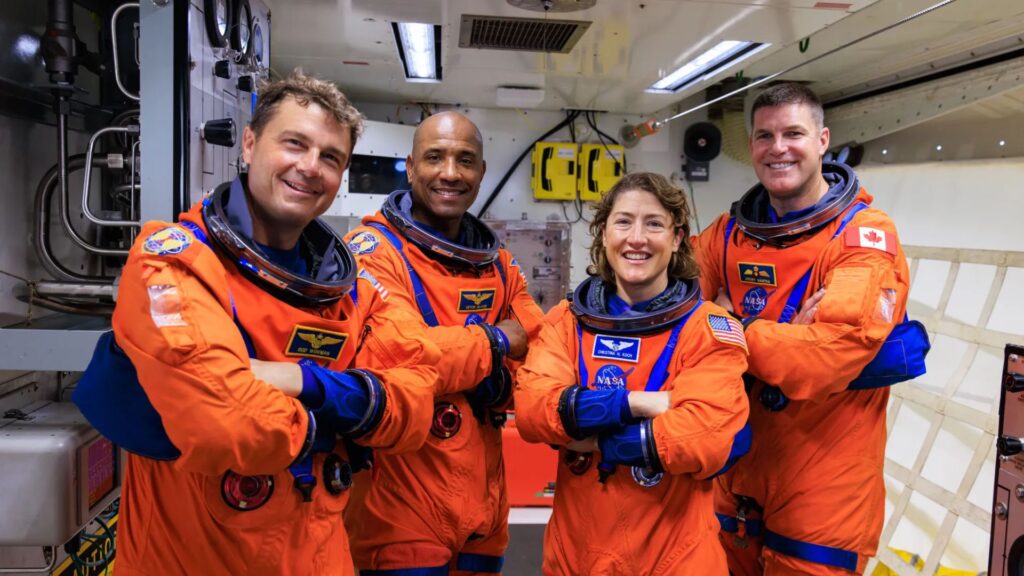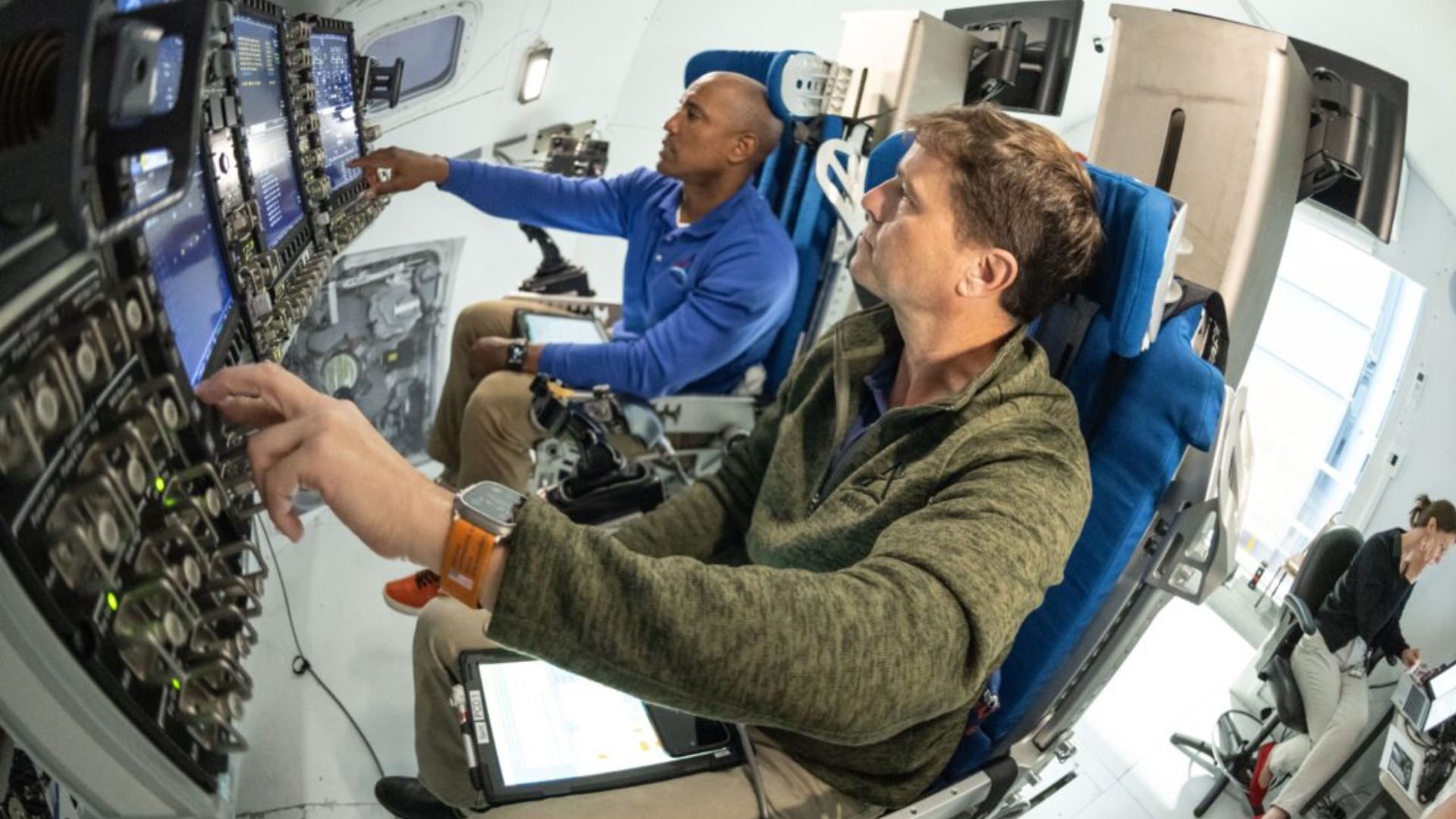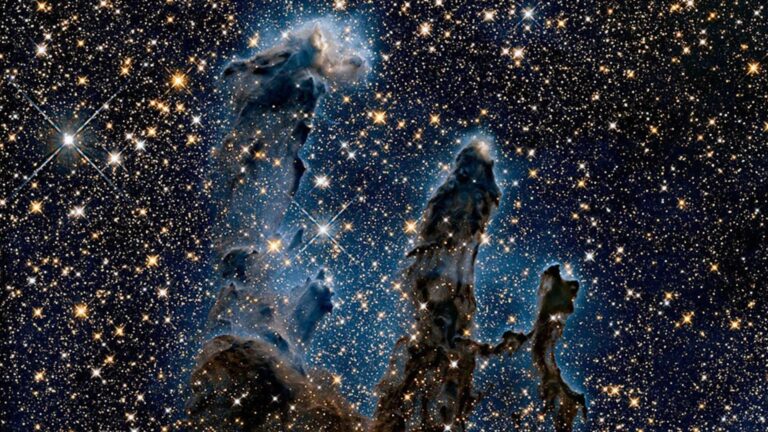
NASA announced Thursday that it plans to launch Artemis II as early as February 2026, marking humanity’s first crewed return to lunar proximity in over five decades. Building on the uncrewed Artemis I test flight in 2022, Artemis II will send four astronauts on a roughly 10-day journey around the Moon, validating all spacecraft systems in the deep-space environment and paving the way for future lunar surface landings and eventual missions to Mars (NASA FOMC statement).
Upgraded Space Launch System Enhances Safety and Reliability
The Artemis II mission will fly atop NASA’s Space Launch System (SLS) Block 1A rocket, which has undergone extensive performance and safety upgrades following lessons learned from Artemis I. According to SLS Program Manager John Honeycutt, engineers have strengthened structural components, enhanced propulsion reliability, and revised avionics to improve flight control in deep-space navigation conditions (Americaspace).
Key enhancements include a new navigation system with redundant sensors to ensure precise trajectory tracking, repositioned communications antennas on the core stage for continuous telemetry coverage, and an advanced Emergency Detection System that monitors engine performance in real time. The system can identify anomalies such as thrust decay or combustion instability and automatically alert the crew and ground controllers, enabling rapid decision-making during critical flight phases.
In response to heat-shield damage discovered on Artemis I’s Orion spacecraft—characterized by unexpected charring and missing AVCOAT ablator material—NASA investigators redesigned the reentry trajectory for Artemis II to reduce thermal loads on the heat shield, while modifying future Orion heat-shield manufacturing processes to improve material bonding and ablator uniformity. Engineers also adjusted the solid rocket booster separation motors by 15 degrees to increase clearance between the boosters and core stage during staging, and added six-foot-long strakes to the booster aft skirt to smooth airflow-induced vibrations experienced during Artemis I ascent (Statnews).
The flight safety system now incorporates a time-delay mechanism on the range-safety self-destruct charge, allowing Orion’s Launch Abort System to pull the capsule clear before any destruction sequence initiates. These improvements collectively bolster vehicle reliability and crew safety, critical prerequisites for a successful crewed lunar mission.
Crew Selection and Training Regimen
Artemis II will carry a four-person crew: NASA astronauts Reid Wiseman, Victor Glover and Christina Koch, accompanied by Jeremy Hansen of the Canadian Space Agency—the first non-U.S. astronaut to travel beyond low Earth orbit (NASA.gov). Glover will become the first person of color to fly to the Moon, and Koch the first woman, marking historic milestones for diversity and inclusion in deep-space exploration.
The crew is currently engaged in intensive training at NASA’s Johnson Space Center and Kennedy Space Center, participating in spacecraft systems simulations, extravehicular activity suit evaluations, and deep-space medical monitoring drills. They are mastering Orion’s life-support architecture, including the advanced Environmental Control and Life Support System, and practicing proximity-operations exercises designed to bring Orion within meters of the SLS upper stage for in-flight inspections and equipment transfers.
Over the course of their mission, the astronauts will execute a figure-eight trajectory that carries Orion approximately 4,600 miles beyond the lunar far side, benefiting from passive communication blackouts and validating crewed navigation in scenarios analogous to future lunar orbiters and Mars transit vehicles. The mission will also deploy four CubeSats from the Orion Stage Adapter, conducting technology demonstrations and scientific observations around Earth and the Moon (Indian Defence Review).
Vehicle Assembly and Launch Preparations
Major SLS components are being stacked in NASA’s Vehicle Assembly Building at Kennedy Space Center. The twin solid rocket boosters, each 177 feet tall, stand ready beside the orange-painted core stage recently transferred from the Michoud Assembly Facility in Louisiana. In August 2025, the Orion Stage Adapter, built at Marshall Space Flight Center, arrived at Kennedy loaded with the CubeSats.
NASA plans a formal media viewing event in mid-October, showcasing the fully assembled SLS rocket and Orion spacecraft on Launch Pad 39B. Following final integration and systems testing, mission teams will conduct a wet dress rehearsal, loading propellants and verifying ground support systems. NASA spokesman Derrol Nail indicated that the mission could launch even earlier than April 2026, with February targeted as the primary window pending successful pre-launch checkouts.
The Artemis II flight represents a critical demonstration of U.S. human-spaceflight capabilities beyond low Earth orbit—an achievement last realized with Apollo 17 in 1972. It also aligns with bipartisan support for NASA’s Artemis program, aimed at establishing a sustained lunar presence via NASA’s Gateway outpost and the commercial Human Landing System. Artemis II’s success will validate the systems and operations needed for the first crewed lunar landing since Apollo and set the stage for the Artemis III landing targeted for later this decade.











